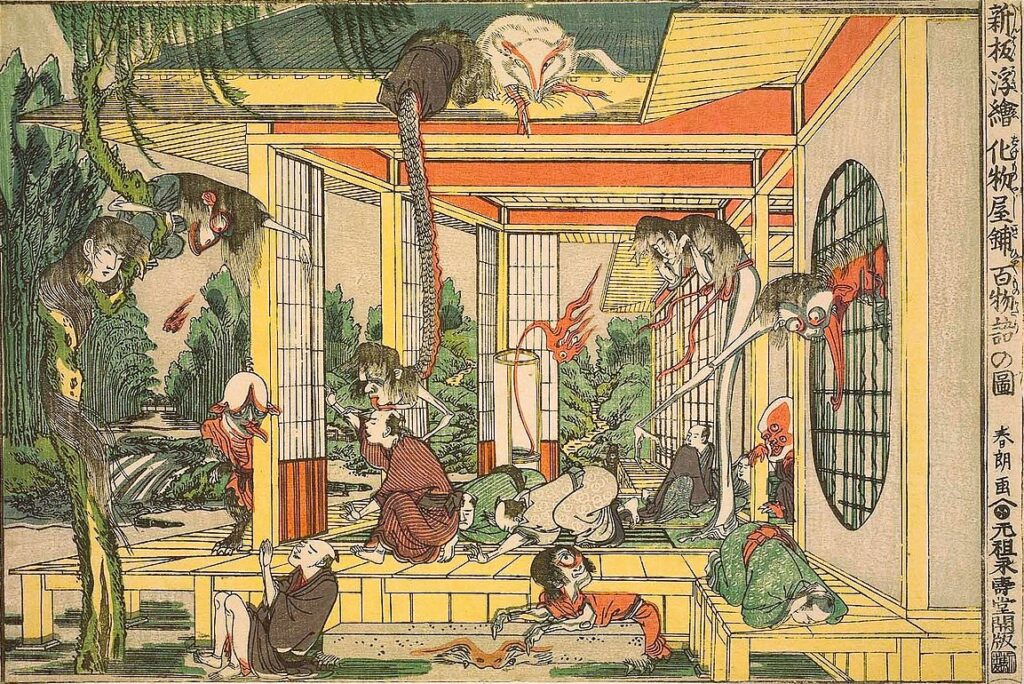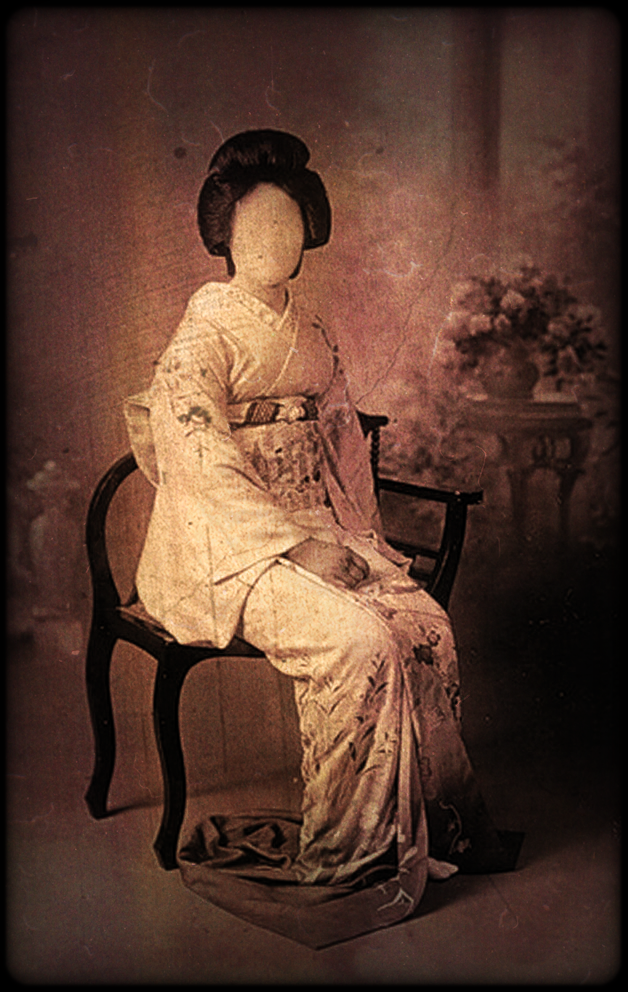Japan is known for its hot, sweltering summer temperatures and like so many countries struggling with
extremely hot, humid weather, Japan has mastered the art of summer survival. One unique way the
Japanese seek relief from muggy summer nights is by sharing bone chilling tales about ghosts or yurei,
as they are called in Japan. Most Japanese believe in the supernatural and they have done so for
centuries. Ancient Japanese folktales talk about an earth filled with supernatural energy where the living
are surrounded by spirits and other magical creatures. Fascinated by this mysterious world, the
Japanese have been telling ghost stories as far back as the early eighth century.
The Edo period (1603-1868) was a period of peace and prosperity, and also the Golden Age of ghost
stories. Hyakumonogatari Kaidankai or a Gathering of One Hundred Supernatural Tales, was one of the
most popular parlor games during that time. Players would gather at night, light one hundred paper
lanterns, and place a mirror on top of a small table. They would then go to the next room and sit in a
circle, with the light from the lanterns shining through the thin paper shoji. Taking turns, each player
would tell a ghost story. After finishing the tale, the storyteller would go to the other room, extinguish
one paper lantern and look in the mirror. With each story, the room would grow darker and darker. As
they drew closer to the 100th story, many players would stop in fear of the spirits they had been
summoning.

Commons
Patrick Lafcadio Hearn (also known by his Japanese name, Koizumi Yakumo) was a writer, best known
for his books about Japan, particularly his collections of Japanese legends and ghost stories, such as
Kwaidan: Stories and Studies of Strange Things. Included in Kwaidan, is a short story titled, “Mujina.”
Mujina (貉), is an old Japanese word referring primarily to a badger. In some regions, the term refers to
a raccoon dog or tanuki. In Japanese folklore, badgers, like the fox, are frequently depicted as yokai that
shapeshift in order to deceive human beings. The mujina often take the form of an attractive woman
with a promiscuous nature and are known for creating havoc for their lovers.
In Hearn’s story, an old merchant was traveling on the Akasaka Road late one night. On the Akasaka
Road, there is a slope called Kii no kunizaka which translates to the Slope of the Province of Kii. On one
side of this slope, there is an ancient moat. On the other side of the slope, the long and lofty walls of the
imperial palace run alongside the road. Travelers usually avoided this area after the sun went down
because the mujina were known to roam there.
As the old merchant was hurrying up the slope, he encountered a woman crouching by the moat, alone,
and weeping bitterly. Fearing that she intended to drown herself, he stopped to offer assistance. He
called out to her, but she continued to weep – hiding her face with the sleeve of her kimono. He
continued to implore her and she finally rose up slowly, her back turned to him, as she continued to sob
and moan. He put his hand on her shoulder and the woman turned around. She dropped her sleeve and
stroked her face with her hand. She had no eyes, nose, or mouth! Upon seeing this, the old merchant
screamed and ran away.

He continued to run frantically, never daring to look back. In the distance, he spotted the gleam of a
lantern and ran toward it. It proved to be the lantern of a roadside soba noodle stand. Frightened and
happy to see another human being, the old merchant flung himself at the soba seller’s feet.
“Kore! Kore!” roughly exclaimed the soba-man.
“Here! what is the matter with you? Anybody hurt you?”
“No— nobody hurt me,” panted the other, — “only… Aa! — aa!” …
“— Only scared you?” queried the peddler, unsympathetically. “Robbers?”
“Not robbers, — not robbers,” gasped the terrified man… “I saw… I saw a woman— by the moat;
— and she showed me… Aa! I cannot tell you what she showed me!” …
“He! Was it anything like THIS that she showed you?” cried the soba-man, stroking his own
face— which therewith became like an egg… And, simultaneously, the light went out.
『Kristine’s Eye on Japan: Introduction to Japanese Culture』
Writer: Kristine Ohkubo
.
(8/26/2022)




